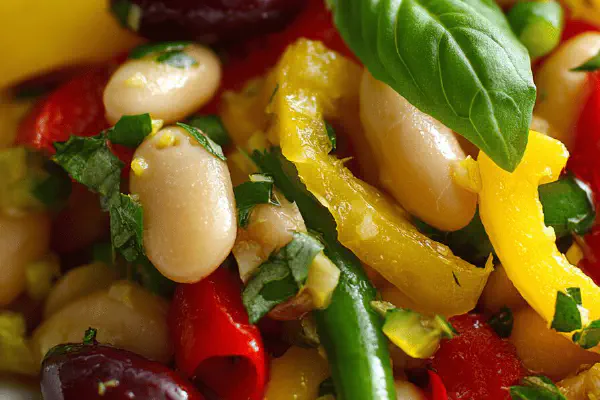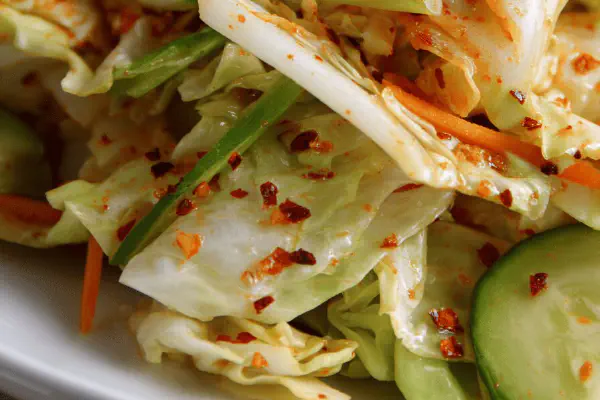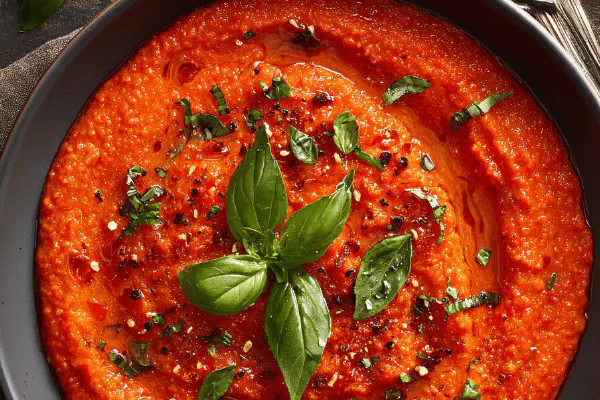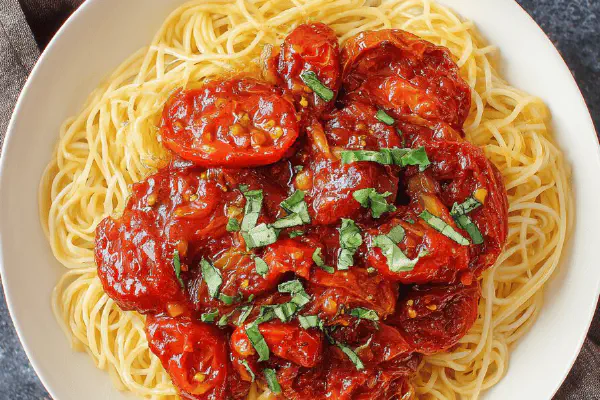Quick Pickled Shallots
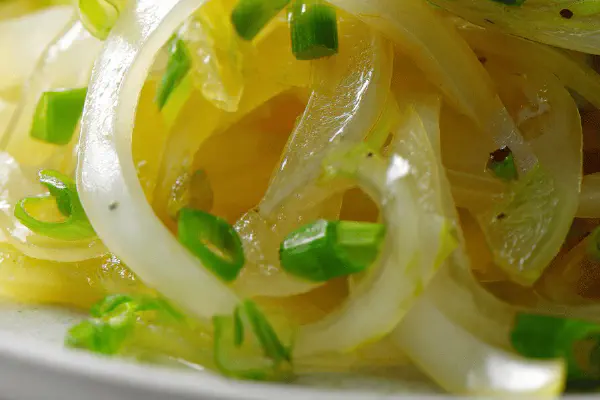
E
By Emma
Certified Culinary Professional
•
Recipe tested & approved
French shallots thinly sliced. Quick soak in vinegar mix. Sugar swapped with maple syrup. Apple cider vinegar replaced by rice vinegar. Salt lessened. Tangy, crisp, slightly sweet. Macerate 25 min, drain. A sharp tang with a twist.
Prep:
10 min
Cook:
5 min
Total:
15 min
Servings:
2 servings
#pickled
#vegan
#quick recipes
#French
#shallots
French shallots sliced thin. Sharp, bright vinegar. But maple syrup replaces sugar. Why? Different sweetness, deeper flavor. Rice vinegar cools the acidity, less harsh than cider vinegar. Salt cut by half because less soy punch. Toss and macerate only 25 minutes. Less wait, still pickled crisp. Lemon juice adds a trace of fresh zest. No need to cook. Just soak, drain, serve. Great as a tangy contrast to meats or salads. Or on veggie plates. Some crunch, some bite, some sweetness. Minimal hassle. Simple but lively. Quick pickled but subtle. Great layering of sharp and sweet notes. A classic twisted.
Ingredients
- 90 ml 1/3 cup rice vinegar
- 11 ml 3/4 tbsp maple syrup
- 1,25 ml 1/4 tsp salt
- 2 small French shallots sliced thin
- 5 ml 1 tsp lemon juice
About the ingredients
Original handfuls of sugar and vinegar swapped around to balance better acidity and sweetness. Maple syrup softens sharpness. Salt reduced; saltiness upfront can overpower delicate shallots. Rice vinegar more delicate than cider, rounder, sweeter profile. Lemon juice brightens. Scaling quantities down slightly for smaller servings. Two shallots enough for a small bowl. Thin slices crucial for quick maceration. Using small, fresh French shallots ideal for texture and flavor. Do not substitute with large onions — much stronger, overpowering. For vegan diets, ensure maple syrup is acceptable sweetener. Ingredients straight, minimal fuss. Alternative vinegars or sweeteners possible but taste changes.
Method
- Slice shallots paper-thin, set aside.
- Mix rice vinegar, maple syrup, salt, lemon juice in bowl. Stir to dissolve everything.
- Add shallots, press slightly to submerge.
- Let sit 25 minutes, tossing every 7 minutes.
- Drain liquid before serving, reserve liquid for dressing or marinade.
Cooking tips
Slicing shallots thin means more surface exposed. Quicker absorption of acid and sugar. Mix vinegar, syrup, salt thoroughly before adding shallots to dissolve evenly. Lemon juice last to maintain freshness. Pressing shallots helps submerge. Stir every 7 minutes to ensure uniform pickle. 25 minutes enough to soften and flavor but not mush. Draining before serving stops pickling process and avoids sogginess on plate. Reserve liquid if desired for salad dressing or marinade. Recipe avoids cooking steps. Cool pickle only. Best eaten same day but keeps refrigerated for a couple days. Texture shifts with time — faster consumption encouraged. Minimal utensils needed; just simple bowl and knife.
Chef's notes
- 💡 Use fresh French shallots. Older shallots can turn pungent and spoil the flavor. Thin slices are key. Helps absorb vinegar and sweetness quickly. Enhance texture. Less wait time for good flavor.
- 💡 For vinegar, rice vinegar matters. More mild than cider vinegar. Adjust flavors without harshness. Maple syrup? It softens acidity, unique sweetness. But use room temperature, not warm. Caramelization ruins it.
- 💡 Macerating time is vital. 25 minutes max. Too long turns shallots mushy, not crisp. Toss every 7 minutes. Even coating of flavors critical. Don't skip this step; it's where great taste develops.
- 💡 Draining is essential too. Removes excess vinegar. Avoids soggy texture on plate. Reserve that vinegar mix thereafter. Great for salad dressings or marinades. Multifunctional use ups flavor game in meals.
- 💡 Storing is easy. Airtight container in the fridge keeps them fresher. Best consumed same day. But they can last a couple of days. Texture changes over time. Crispness fades, flavor too.
Common questions
How do I ensure shallots stay crunchy?
Control maceration time. Overmacerating leads to mushiness. Key is 25 minutes. Toss often—distribute flavors.
Can I use different sweeteners instead of maple syrup?
Yes, alternatives work but they may change the flavor profile. Consider honey or agave, but they vary greatly.
What’s the best way to store leftover pickled shallots?
Refrigerate in airtight containers. Keep them away from light. They stay fresh up to a couple of days, then texture softens.
Can I use regular onions?
Not recommended. Regular onions overpower dishes. Their flavor is stronger than shallots. Shallots offer a subtler taste balance and unique texture.
